
Table of Contents
- What is enhanced content?
- Objectives of enhanced content
- Enhanced content types for your online store
- Quality reports: the tool for enhancing your content
- Amazon Enhanced Brand Content (EBC): what it is and how to use it
- Conclusion
What is enhanced content?
Enhanced content is product information that has been expanded and enriched beyond the basic data. Such content seeks to resolve all the queries and informational needs the user may have, and provide a thorough and easily accessible knowledge about the product.
Although the improved content always means more, that increase varies over time. For example, a few years ago online shoppers indicated their preference for finding at least three images per product on any given page. Today, studies reveal that consumers require at least six images and two videos.
As customer demands grow, so will the standards of your enhanced product content.
→ Read more: How to improve your product positioning
Essential content vs. rich content in ecommerce
In the early days of ecommerce, and until recently, sellers were content to publish the minimum of data as passed to them by manufacturers.
Online user behavior was still unknown. Now, with all we’ve learned about the factors that persuade customers when they shop online and even in physical stores, we know that to give basic information alone is not enough.
The essential content of an online product page is as follows:
- Product Name
- Brief description
- List of features
- Main image
- Metadata for positioning
- Variable data according to industry: such as, ingredients in food, chemical composition in cosmetics and pharmaceuticals, technical specifications in electronics, or sizing in fashion and footwear.
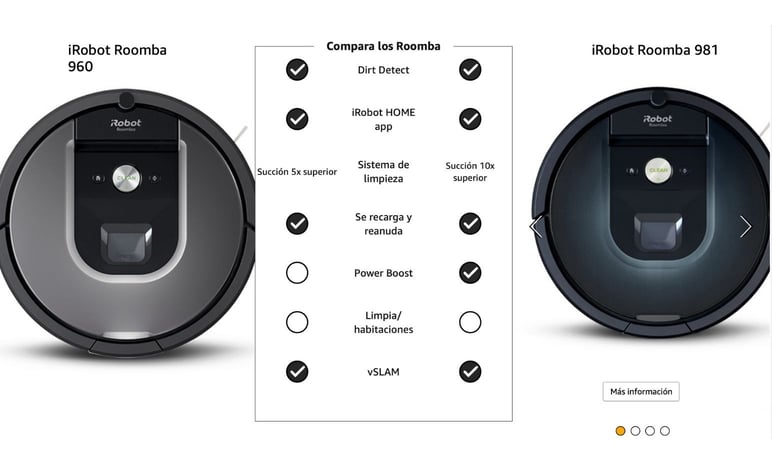
On the other hand, enhanced product content goes a few steps further to expand on information and visual content by including:
- Customized description that’s longer and based on more emotional aspects
- Videos
- Extensive image galleries
- 360º photographs
- Graphic resources
- Downloadable material
Is it necessary to include both basic and enriched product content? The answer depends on your niche and product type. Some sectors don't have much competition and therefore don't need to differentiate their product content as much as others, or they may be simple products that don't need a lot of explanation.
→ Read more: How to get the perfect product datasheet
In either case, adding improved content to a product card, catalog or website is always a good move, apart from being almost mandatory for complex products involving a lot of specifications, such as tech products.
Take care! Paradoxically, a trend in recent years has been for vendors to focus too much on the visual aspect of their content, downplaying the importance of basic data. Remember, essential content is called just that because it must always be shown, regardless of how much you enhance the rest.
Objectives of enhanced content
Storytelling
This concept, becoming so popular in marketing and audiovisual, refers to something as simple as your content reflecting the characteristics of your brand. Through the addition of more details about each product, you are defining its uses, intentions and distinctive character more clearly to the user.
A varied shopping experience
Not all customers shop in the same way. Some need to compare technical data, others need to study the details of an image at high resolution. Providing varied content covers your back, as you will be meeting the expectations of many kinds of shoppers.
Greater visual appeal
It’s no secret that ecommerce relies on creating a strong visual impression. However, in addition a suitably enriched content can inspire consumer confidence, as buyers will find more accurate and reliable information and resources which will, of course, be useful for their purchase decision-making.
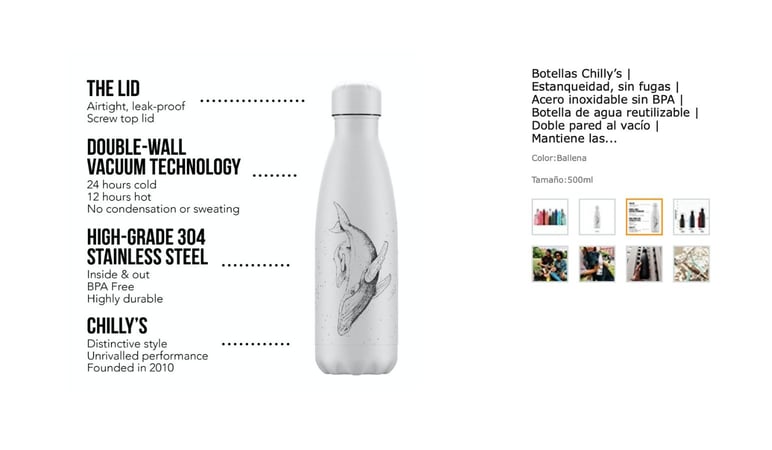
Adding value to stand out from the competition
In very competitive sectors, improved content is crucial for making your brand stand out from the others, whether in the eyes of the user or in search engines and marketplaces. Don’t simply copy manufacturer’s descriptions as you receive them, or repeat the same content across all your platforms without adapting it to the tone and style of buyer on each.
Improved positioning
An original and accurate product description will have more chances of appearing among the first search results online and in marketplaces. In addition, longer descriptions allow you to include keywords to improve the SEO positioning of your products and boost organic traffic to your online store.
Increased sales
Enriched content boosts customers’ intention to purchase by 25%, according to research by Jupiter Research. Even if you don't see such high figures from the start, overall your enhanced product content will improve conversions by 3 to 10 percent.
→ Read more: How to get a better user experience with microinteractions
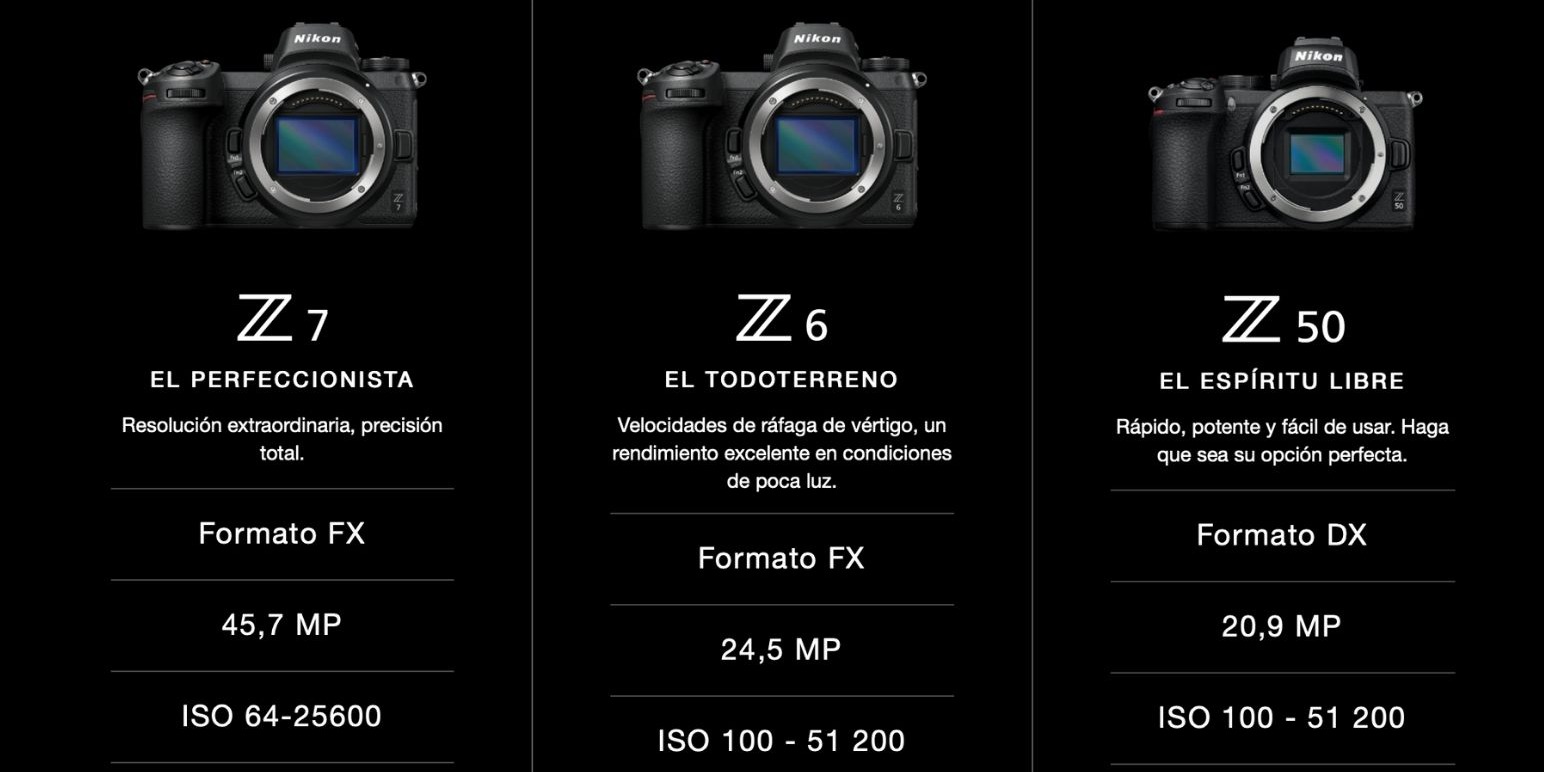
Enhanced content types for your online store
Try to include as much material as you can, provided it is well suited to your product type — the more you add, the more results you'll get!
Remember to check your product sheets frequently and adjust them to the actual needs of your customers, by adding or removing different types of content accordingly.
- High quality images: Each product may need a different number of photos, but try to ensure all details are represented and include a zoom function and ideally a 360º view.
- Demonstrational images: If the type of product allows it, the buyer will appreciate seeing the product in action or in context, using models or real scenes.
- Videos: Visual tours of the product, tutorials, spots, demos, testimonials....
- Comparative tables: Include the widest possible range of technical data, useful for the user to easily compare a range of products (e.g. radiators of different capacity and size).
- Visual graphics: To illustrate the product and the differences between various products.
- Frequently Asked Questions: Get ahead of your shoppers' common questions.
- Interactive content: Experience is becoming more and more personalised, and in some products it’s valuable to offer the user the chance to 'play' with the product and see how it varies according to color changes or how it can be visualized in a room using augmented reality.
- Instructions, user and assembly guides, and any other PDF material that the shopper can save for reference.
→ Read more: How better content can also improve your customer service
Quality reports: the tool for enhancing your content
This all sounds very nice... yet quite complicated.
In fact, expanding your product content means not just doubling your management work, but multiplying it a thousand-fold. And doing the work well is even more important than simply getting it done.
Attempting to enrich product content by hand requires many hours of work and is more likely to include human errors, especially when synchronizing that data across all sales channels.
The tool that all B2B and B2C vendors and manufacturers already have is PIM software that automates the loading and improvement of your product content.
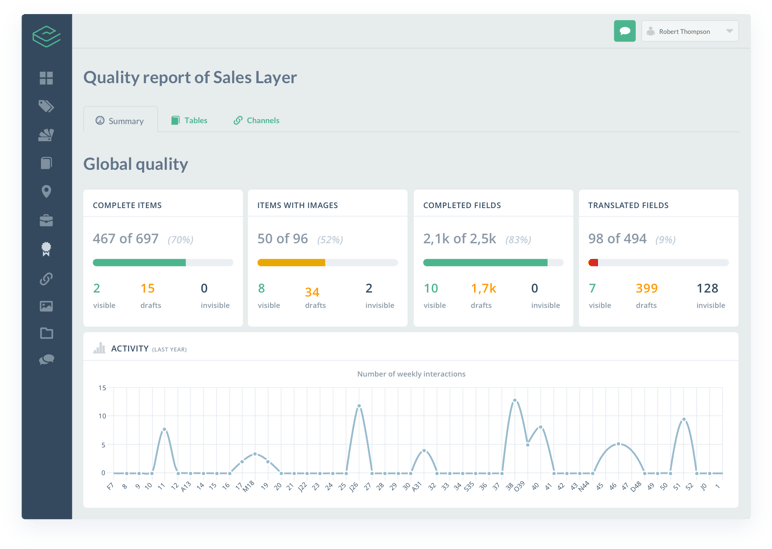
Instead of reviewing your product sheets one by one, a PIM automatically scans your catalog for errors and omissions. Our Sales Layer PIM includes a unique Quality Report feature where you can see at a glance what needs to be improved in your product content. Once corrected, the PIM also synchronizes automatically and in real time across all the channels you indicate: your online store, marketplaces, etc.
A PIM is good for you, because it facilitates your internal management, as well as for your customers, since you’ll be improving their shopping experience. Also, thanks to a higher quality of product information, it will boost conversion, reduce returns and improve your positioning on Google.
Thus it’s a win-win scenario for everyone involved.
→ Read more:Improve your Google positioning with Sales Layer
Amazon Enhanced Brand Content (EBC): what it is and how to use it
If you've already heard of the concept of enhanced content, you may be familiar with one of its most common uses: the Amazon Enhanced Brand Content feature.
This is an option that Amazon marketplace has been offering since 2016, but only to vendors who have registered as a brand (or trademark) through Amazon's official registry.
If you’re not a registered trademark on Amazon, the possibilities for you to use improved content do not end there. Actually, in the marketplace you’ll find another function: A+ content.
What can you include in your product sheets with Amazon A+ Content?
- Video
- Photographs
- Comparative tables
- Features limited to Amazon Vendor Central users
What can you include in your product pages with Amazon Enhanced Brand Content?
- Enhanced images
- More text blocks
- Varied templates to display product content
- Features limited to Amazon Seller Central users
At first glance, Enhanced Brand Content doesn't look any better than A+ Content, especially if you're interested in including videos of your products. But, as always, the decision to opt for one variant or another depends on your seller profile, product type and customer.
→ Read more:Complete guide for selling products on Amazon
Conclusion
Is more always better? Rich content is certainly a key to brand presentation, distribution and sales, for manufacturers and sellers in any industry sector, whether in online channels or physical stores.
Quality of product information is poised to become the most prized currency in ecommerce and the main competitive value for companies.
Start improving your product content, your management process and your customers' shopping experience with the Sales Layer PIM: try it for free for 30 days!

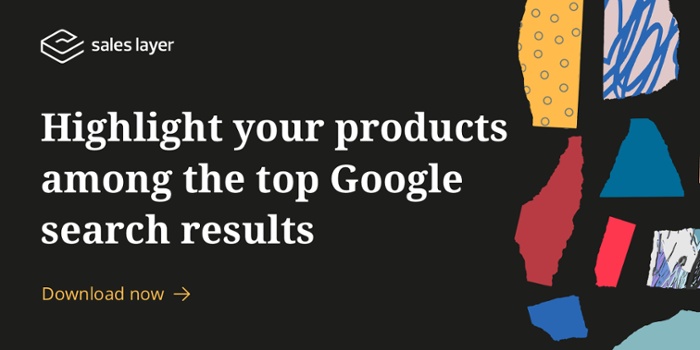
.png?width=520&name=Blog%20Partner%20(3).png)

.png?width=520&name=Blog%20Partner%20(1).png)


